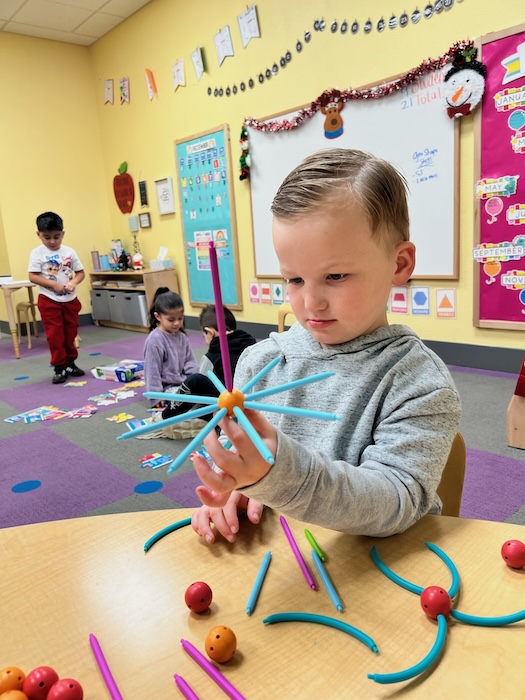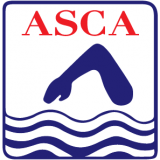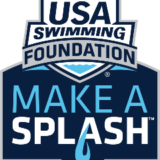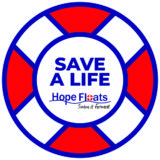
Learning doesn’t have to be boring. Who says education can’t feel like playing a video game?
Thanks to technology, early childhood education is evolving rapidly, with new gadgets popping up around every corner. While the core fundamentals of what kids learn remain the same, the way today’s kids learn looks drastically different from the dull, dry classrooms of their parents’ childhoods.
From enhancing creativity to offering new ways of documenting progress to even encouraging parent-instructor communication, education technology has the power to enrich early education in countless ways.
Here’s what to know about the most common digital tools used in educational settings.
Kids’ Education Technology is Beneficial for Early Childhood Development
Before diving into specific tools, let’s get into the benefits of incorporating tech classroom tools into early childhood education.
Depending on how classroom tech is used, it can support engagement and critical thinking. It can also serve as a medium, providing a better means for teachers to communicate lessons and for kids to collaborate on group projects.
Instructors can use tech to tailor each learning experience to students’ individual needs and create hands-on experiences that serve each unique personality.
What is a technology tool in education?
Kids’ education technology refers to any digital or electronic classroom tools that can be utilized for teaching and learning. This can include hardware (like smartboards and tablets) or software (like educational apps) that make learning more interactive, engaging, and accessible.
How can kids’ education technology be used in a preschool classroom?
Preschool instructors can use tech for all kinds of classroom improvements, from documenting learning with digital cameras to teaching interactive lessons with smartboards to activating educational apps on tablets – and that’s just the beginning.
What are the tools used in early childhood screening?
Screening young children’s developmental and learning progress can involve tablets or computers equipped with software designed to assess cognitive, motor, and language skills.
5 Common Types of Classroom Technology
Now, let’s explore some of early childhood education’s most commonly used classroom tools.
Digital Cameras
Teachers can use digital cameras to document students’ learning processes, capturing key moments of development, creativity, and play.
Children can also use digital cameras to take pictures of their projects, from artwork to science experiments, so they can reflect on their learning in a way that feels like fun rather than note-taking.
For example, young learners might be assigned to take pictures of different plants outside, which can then be printed and used for a classroom nature project. This encourages not only observational skills but also creativity and autonomy. Teachers can even use the pictures for visual storytelling or classroom displays, creating a sense of community and accomplishment among students.
Digital Video Cameras
Video cameras go a step beyond still digital cameras, enabling educators to capture longer and more detailed sequences of student projects. This is especially helpful for assessing developmental progress over time.
A teacher could record a child explaining how they solved a puzzle or interacting with peers during group activities. These videos can be used to gauge problem-solving abilities, communication skills, and social interactions – as well as how these skills improve over time.
Additionally, video cameras are useful for creating digital portfolios. These portfolios can be shared with parents during meetings to give a clearer picture of their child’s development and progress in the classroom.
Scanners
Scanners may seem like a simple tool, but they play a significant role in creating digital archives of student work in early childhood education.
From drawings and paintings to worksheets and creative projects, instructors can scan kids’ work to create digital portfolios. These portfolios are excellent tools for tracking progress over time and can be shared with parents in an easy-to-access format.
Scanners can also digitize materials for e-books or digital learning resources. For example, after finishing a drawing activity, students’ work can be scanned and uploaded to a class blog or slideshow so students can view each other’s work and discuss their different approaches and ideas. This fosters collaboration and critical thinking while building a sense of community within the classroom.
Electronic Toys
Electronic toys designed for early learning encourage education through play. This classroom technology is often equipped with interactive features that help kids develop skills in language, problem-solving, and fine motor coordination.
Some examples of electronic toys include talking dolls, interactive storybooks, tablet-based learning platforms, or educational robots that teach coding fundamentals in a playful way.
Smartboards
Smartboards, or interactive whiteboards, have revolutionized classroom engagement. These large, touch-sensitive screens enable teachers and students to interact with digital content in real time. Smartboards are great for group learning activities.
In an early childhood setting, an instructor can use a smartboard to display interactive storybooks, play educational videos, or demonstrate new concepts.
Students can come up to the board to participate in activities like matching games, counting exercises, or drawing. This level of interactivity makes learning more engaging and accessible, especially for visual and kinesthetic learners.
Smartboards can also support multimedia presentations, combining images, audio, and video to create a rich sensory learning experience.
The snooze-worthy classes of decades past are behind us. With classroom technology continuing to evolve by the day, modern lesson plans are offered in high resolution.
America’s Kids In Motion Offers Cutting Edge Classroom Technology
At America’s Kids In Motion, The Campus Preschool interweaves the common core curriculum with music, sports, and gymnastics to create a well-rounded educational experience – and classroom tech is part of the process.
If you’re in the Clovis, California, area, contact us today to learn more about our early childhood education options.




